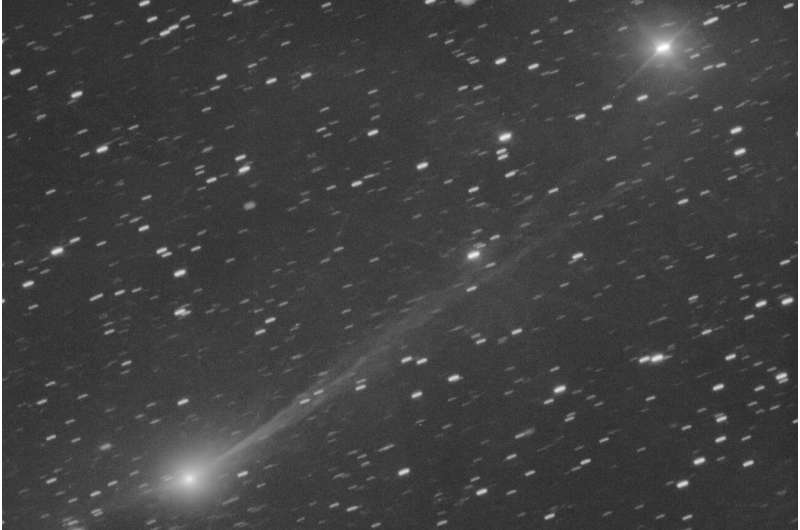NASA has unveiled remarkable close-up images of the interstellar comet known as 3I/Atlas, which is currently making a brief visit to our solar system. The comet, discovered in the summer of 2025, represents only the third confirmed object from another star to pass through this region of space. It recently flew by Mars, coming within approximately 18 million miles (about 29 million kilometers) of the planet.
As 3I/Atlas sped past Mars last month, several NASA spacecraft stationed at or near the red planet captured detailed observations. The European Space Agency’s two satellites orbiting Mars also recorded data on the comet’s journey. Currently, 3I/Atlas is about 190 million miles (around 307 million kilometers) from Earth, and astronomers are directing ground-based telescopes toward it in anticipation of its closest approach.
Upcoming Closest Approach and Observations
The comet is expected to come within 167 million miles (approximately 269 million kilometers) of Earth in mid-December, after which it will continue its trajectory back into interstellar space, never to return. Named after the telescope in Chile that first detected it, 3I/Atlas is estimated to measure between 1,444 feet (about 440 meters) and 3.5 miles (around 5.6 kilometers) across.
The European Space Agency’s Juice spacecraft, which is on its way to Jupiter, has been focusing its instruments on the comet throughout the month. However, scientists will not receive the data from these observations until February due to the spacecraft’s main antenna being used as a heat shield while near the sun.
Visibility and Observational Opportunities
For those interested in viewing 3I/Atlas, it is currently visible in the predawn sky with the aid of binoculars or a telescope. The comet’s journey provides a unique opportunity for both amateur and professional astronomers to witness a celestial visitor from beyond our solar system. Observations from various locations are ongoing, including insights from Gianluca Masi of the Virtual Telescope Project in Italy, who has been actively monitoring the comet.
As 3I/Atlas continues its swift passage through our solar system, it captivates the attention of scientists and astronomy enthusiasts alike, marking a significant event in our understanding of interstellar objects. The detailed images released by NASA contribute to the growing body of knowledge regarding these rare visitors from distant stars.








































































